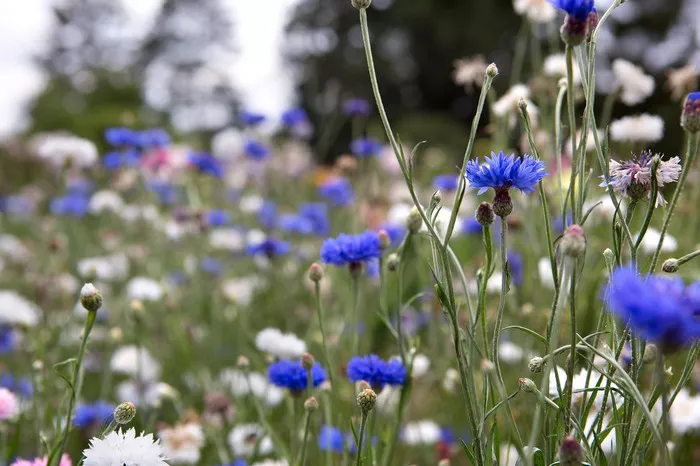In a botanical revelation, scientists have uncovered an extraordinary palm species, Pinanga subterranea, that uniquely conceals its flowers and fruits entirely underground. This unprecedented discovery challenges conventional perceptions of palm trees commonly associated with Hollywood Boulevard and tropical resorts.
Benedikt Kuhnhäuser, a botanist at Royal Botanic Gardens, Kew, expressed his amazement, stating, “We knew immediately that it’s a really odd palm.” The palm was first noticed by Malaysian botanist Paul Chai in the late 1990s in Lanjak Entimau Wildlife Sanctuary on the island of Borneo. Unfortunately, Chai lost all photographic evidence during a flood in Kuching, the capital of the Malaysian state of Sarawak.
In 2018, Chai shared the story with Kuhnhäuser and other botanists visiting Borneo. Intrigued, the team embarked on a challenging trek to the sanctuary and discovered that the underground palm was abundant, marking its significance in the plant kingdom.
While the phenomenon of plants growing parts underground is not unheard of, the Pinanga subterranea is a rare example of a plant concealing both flowers and fruits beneath the surface. Kuhnhäuser noted that besides this underground palm, there is only one other known plant with similar characteristics—an orchid genus called Rhizanthella in Australia.
Cibele de Cássia Silva, a botanist at the University of Campinas in Brazil, emphasized the importance of local Indigenous knowledge. Indigenous people in the area not only knew of the palm’s existence but also had names for it. Some even harvest and consume the inconspicuous palm’s fruit as a snack. This underscores the significance of integrating Indigenous knowledge into scientific studies.
The discovery of the Pinanga subterranea challenges botanical norms and showcases the importance of collaboration between scientific research and traditional knowledge in understanding and appreciating the diversity of plant life.


